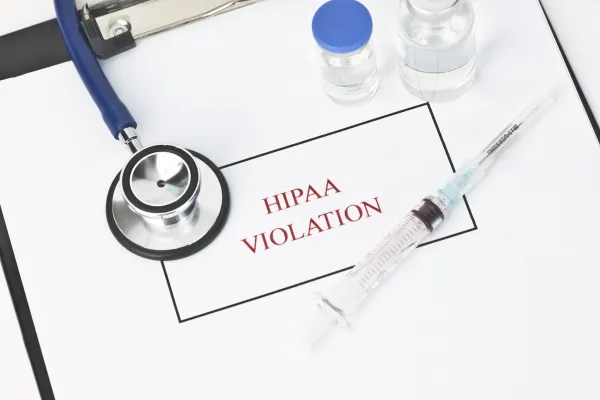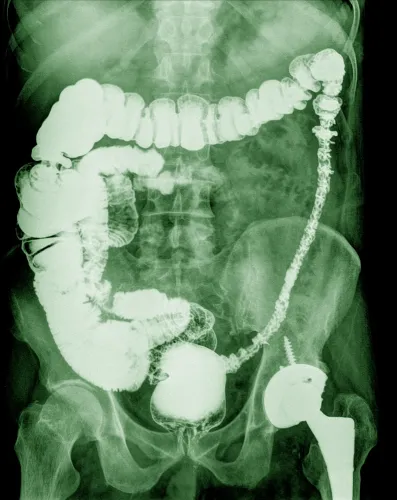Gastroenterology Coding Alert
Know The Coding Errors That CMS Evaluated
CMS identified $31.6 billion in total improper payments among providers during 2018, and broke down those charges into a variety of categories. Check out the following breakdown of how many problems the agency found in each category, and how you can avoid making the same mistakes.
Insufficient Documentation
CMS found that the vast majority of improper payments this past year – 58 percent – were due to insufficient documentation. In these situations, the medical records do not substantiate whether the service was medically necessary.
Example: The documentation includes the phrase “Visit for stomach pain.” The record lacks a date of service, an explanation of any exam performed or history of present illness, or any other details. Therefore, the reviewer marks this claim as non-payable since it is lacking even basic documentation to demonstrate anything that the physician did.
Medical Necessity Errors
About 21 percent of improper payments last year were due to medical necessity errors. In these situations, the patient receives a service or product, but does not have a medical need for it.
Example: The patient from the stomach pain example above is scheduled for a screening colonoscopy. However, the subsequent review shows that the patient met none of the criteria required for a screening colonoscopy. Since stomach pain alone does not provide the necessary medical necessity for the service, this claim would be denied.
Incorrect Coding
About 12 percent of the improper payments that CMS identified were due to incorrect coding. In these situations, the wrong code was reported for the service, either via upcoding, downcoding, or miscoding.
For example: A provider reports 99214 (Office or other outpatient visit for the evaluation and management of an established patient, which requires at least 2 of these 3 key components: A detailed history; A detailed examination; Medical decision making of moderate complexity…) for an office visit with a patient. The documentation demonstrates a problem-focused history and exam, and the medical decision-making is of straightforward complexity, leading the reviewers to downcode this visit to 99212.
No Documentation
Some 2.6 percent of improper payments were attributed to no documentation errors. Under these circumstances, the provider either did not document the service at all, could not find the documentation, or simply failed to submit it to reviewers.
Remember the old adage that “if it wasn’t documented, it wasn’t done” – this is how auditors will look at the situation, so you should do the same.
“Other” Errors
Issues that don’t fit into other categories, such as a missing signature or patient ineligibility for benefits, are classified as “other” errors, and these occurred in 6.3 percent of cases, according to the CERT report.
Related Articles
Gastroenterology Coding Alert
- Part B Reimbursement:
CMS: Gastroenterologists Logged $79 Million in Improper Part B Payments
Plus: Upper GI procedures were a source of problems. With so many compliance facts and [...] - Know The Coding Errors That CMS Evaluated
CMS identified $31.6 billion in total improper payments among providers during 2018, and broke down [...] - ICD-10 Coding:
Check These Answers to Your 4 Top Signs/Symptoms Questions
Know which key phrases to seek in your physician’s documentation. Whether you’re new to GI [...] - Modifiers:
Using Co-Surgeon for PEG Tube? Consider Modifier 62
Hint: Modifier 80 is not always your best bet. When your gastroenterologist works with another [...] - You Be the Coder:
Check Ordering Dx for Screening FOBT
Question: How do we know whether to report a screening or diagnostic code for a [...] - Reader Question:
Evaluate Email Coding Options
Question: What’s the best way to document email exchanges between a patient’s guardian and our [...] - Reader Question:
Confirm Status for Same Day Admit, Discharge
Question: One of our physicians admitted a patient to the hospital at 11:30 a.m., and [...]




